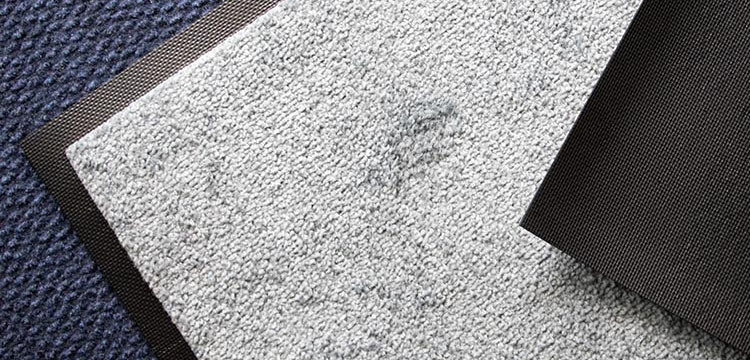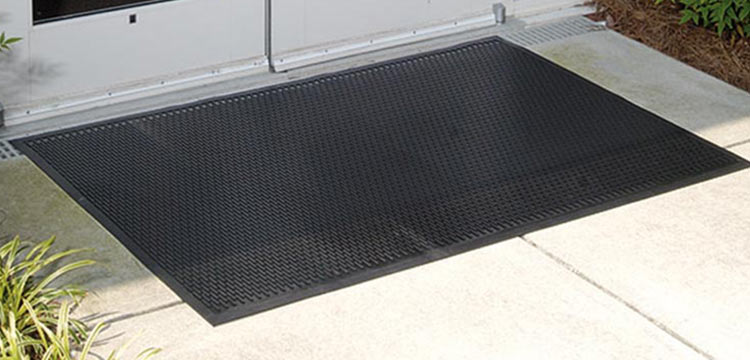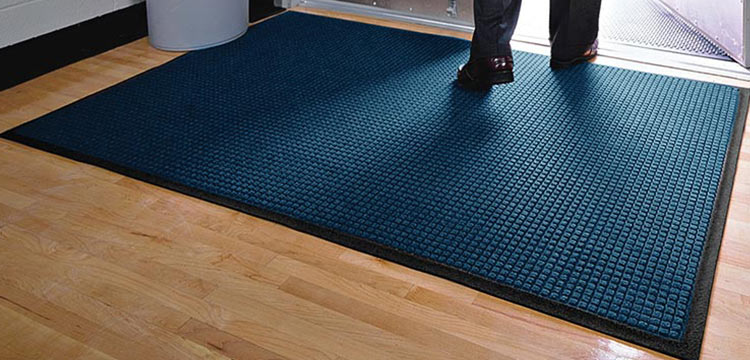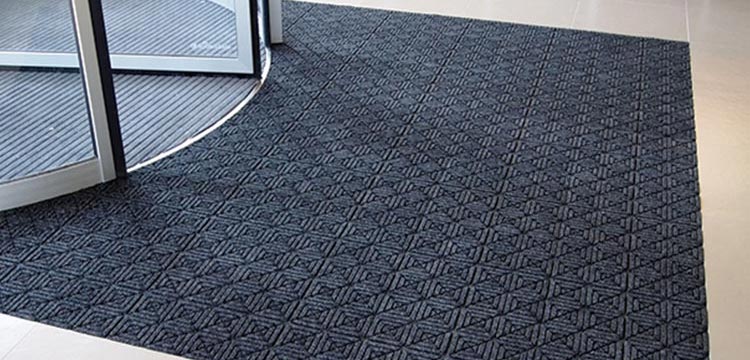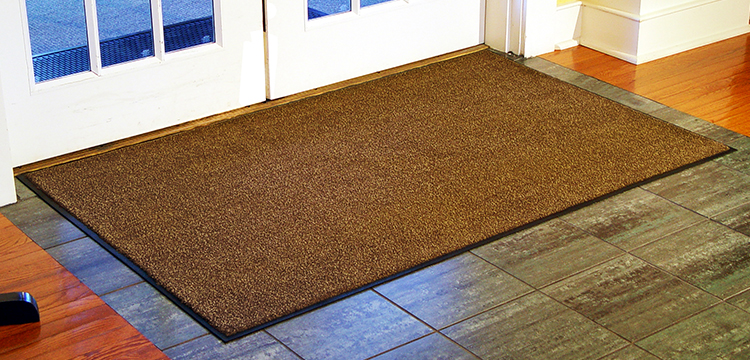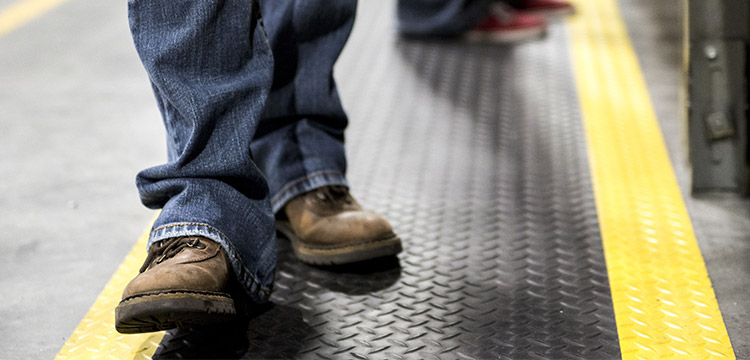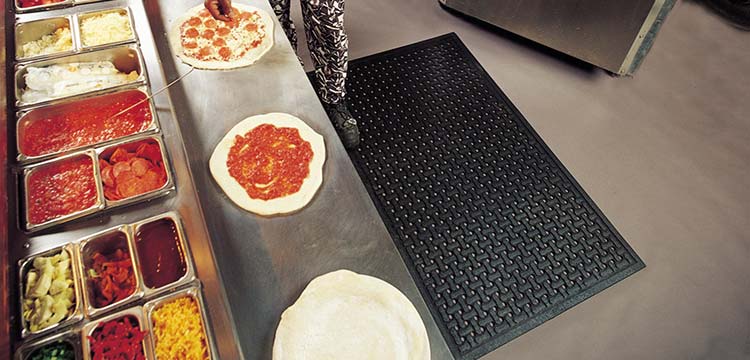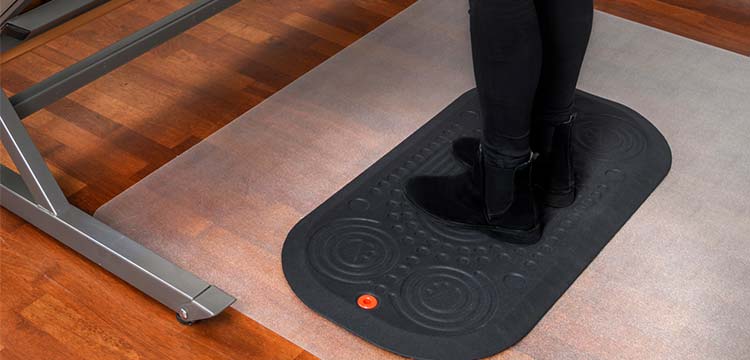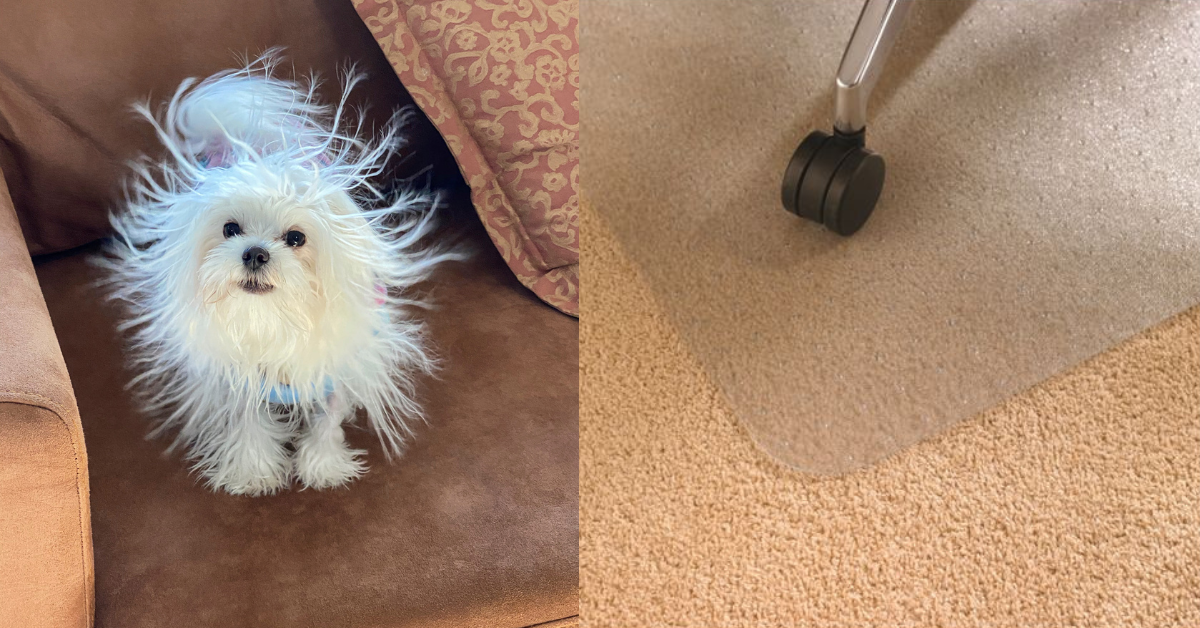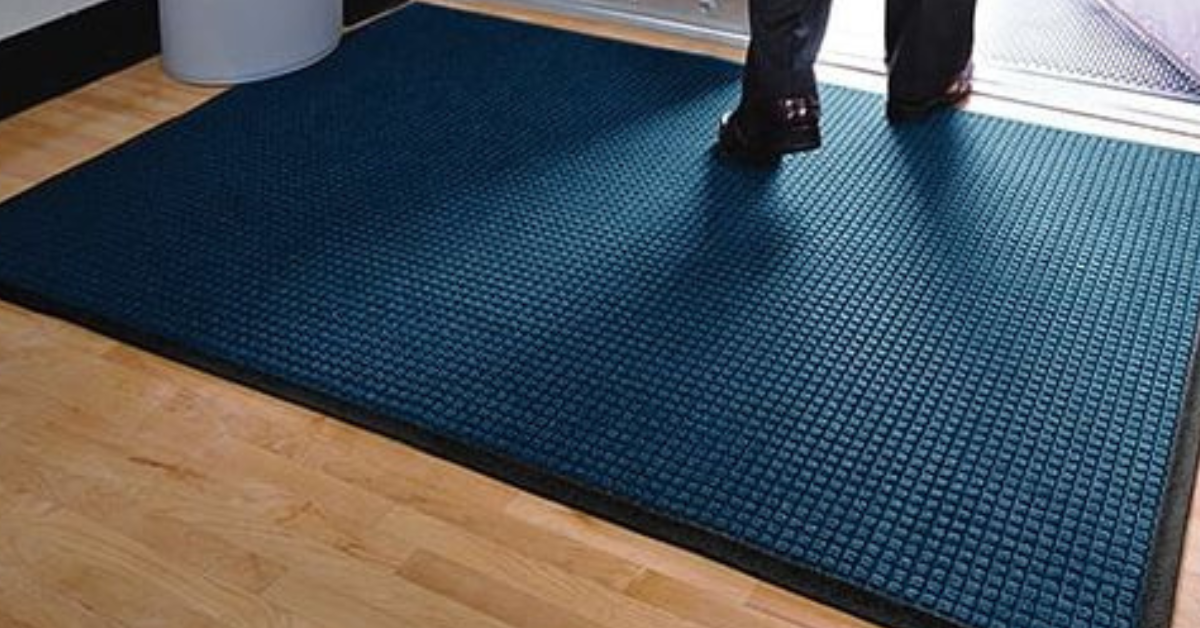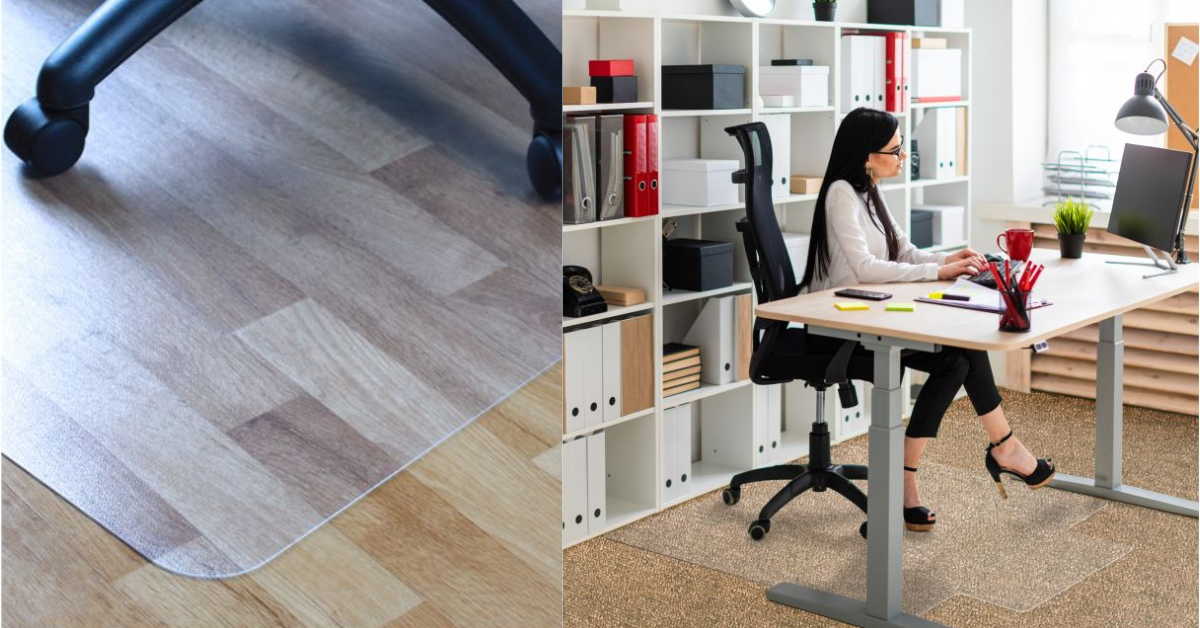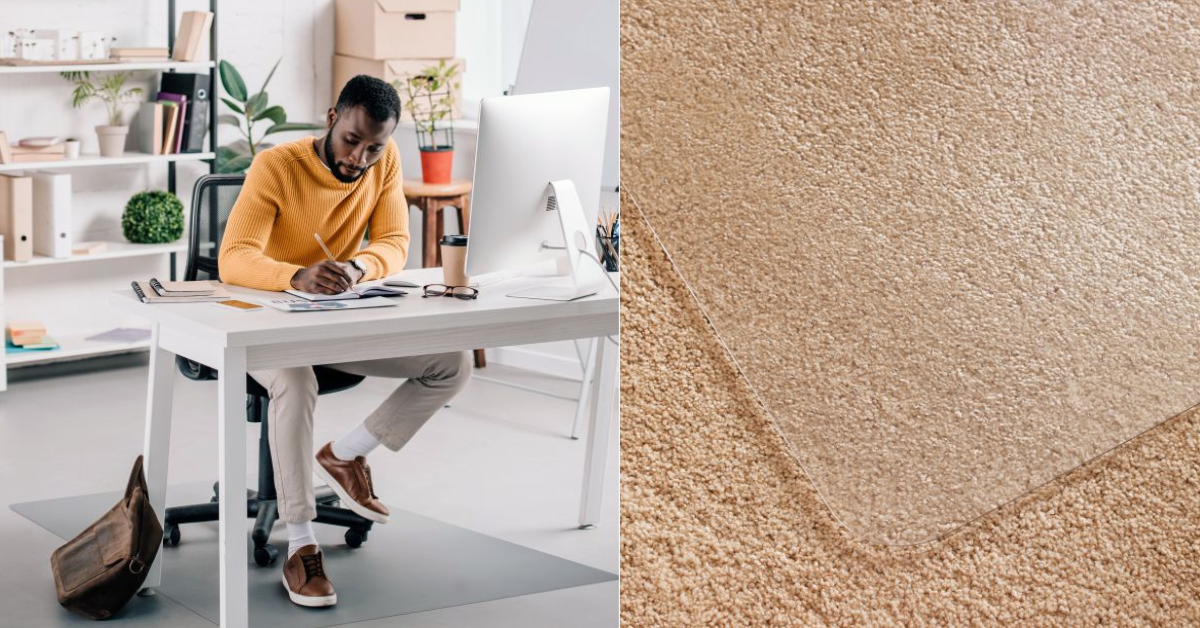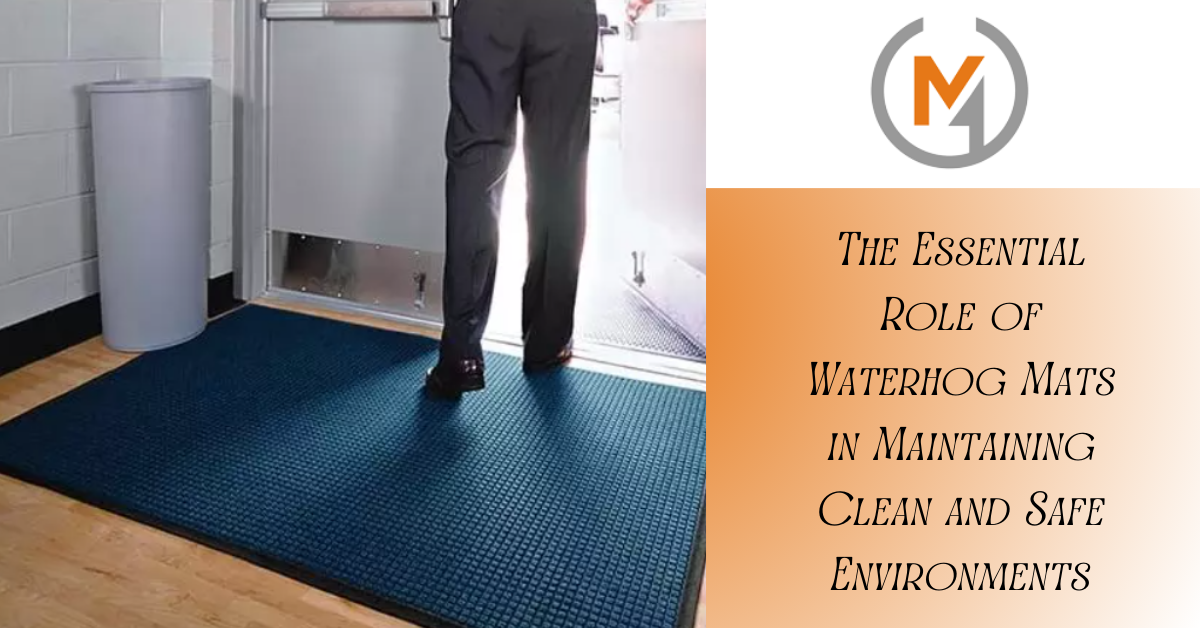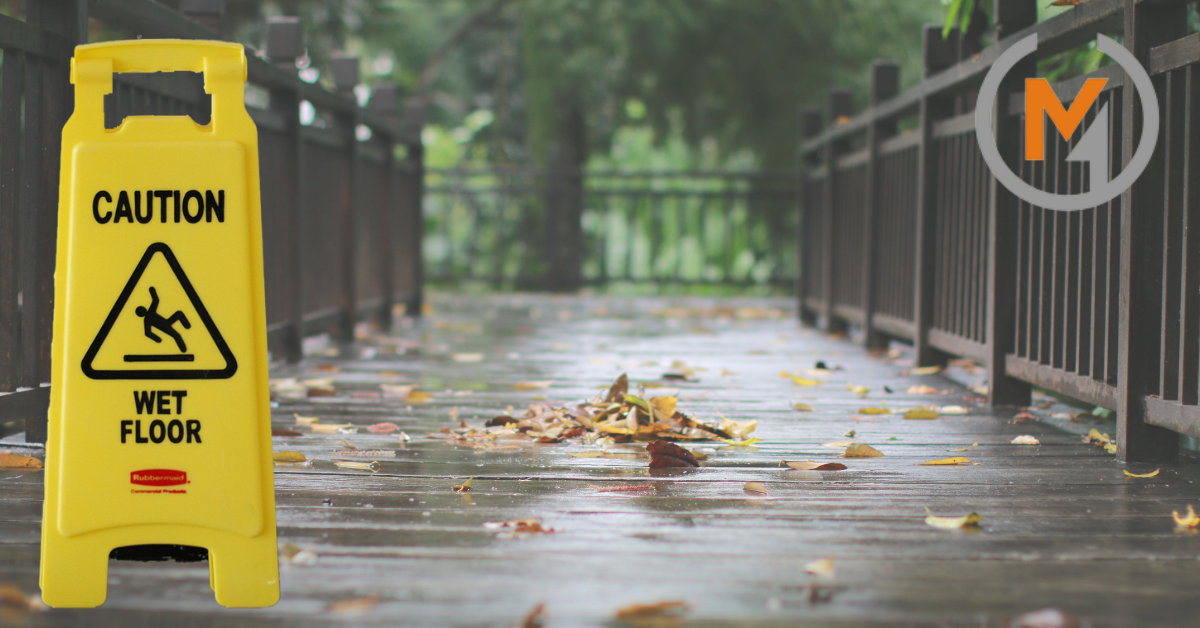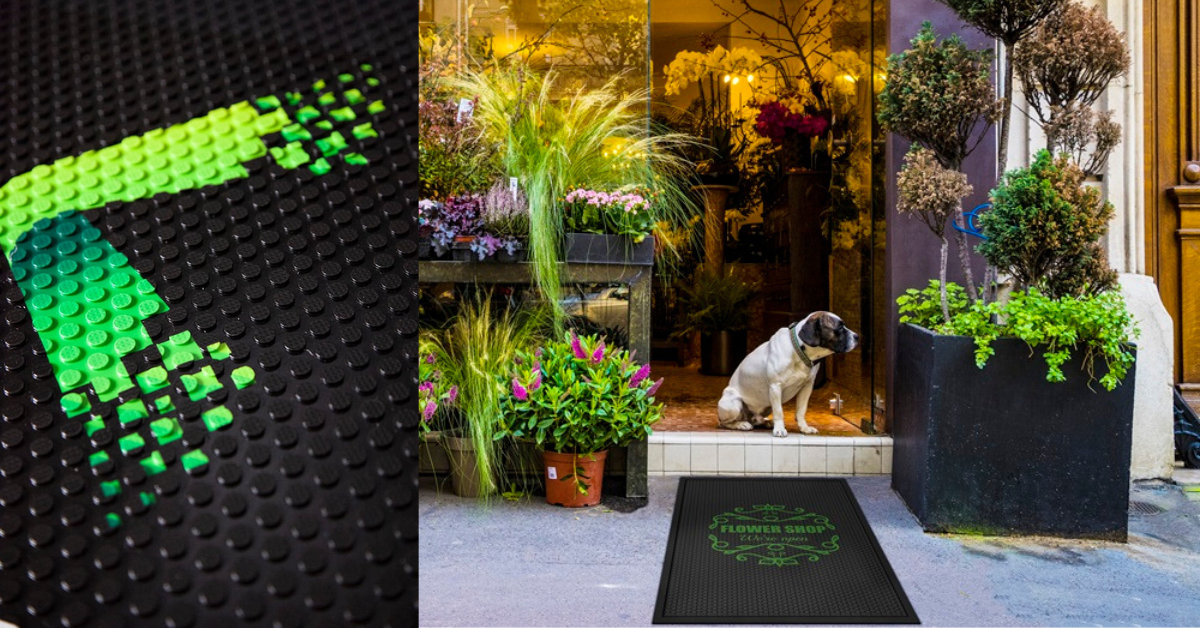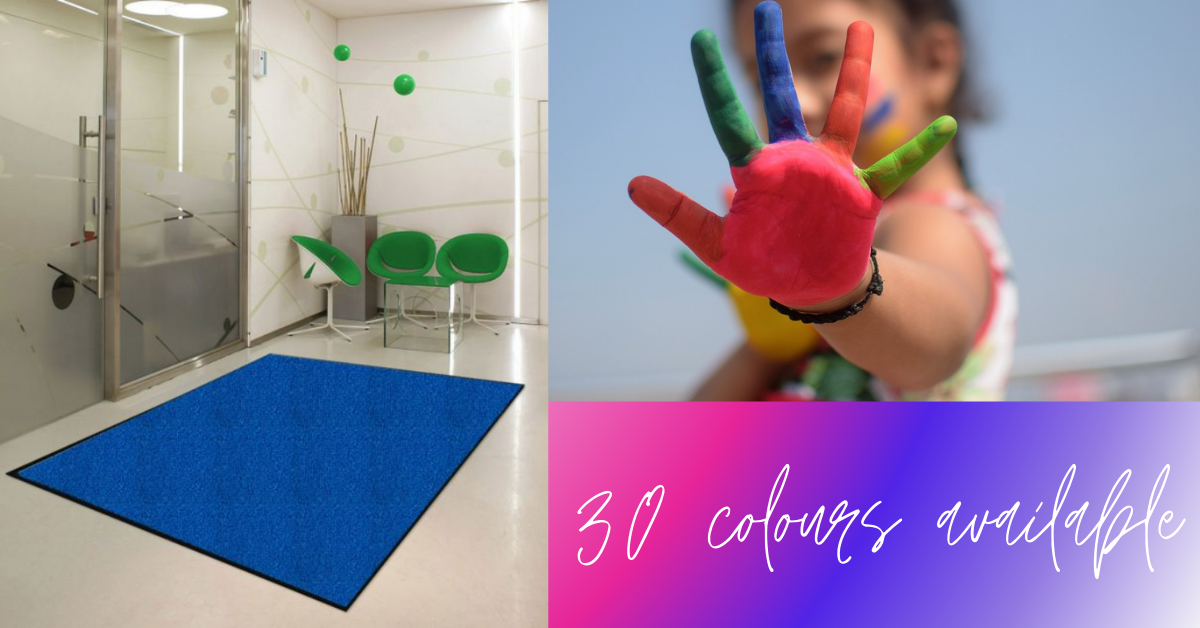The Art of Crafting Coir Mats: Function and Advantages
- Mats4U Blogger
- Blog
- 18 Sep 2023
- views
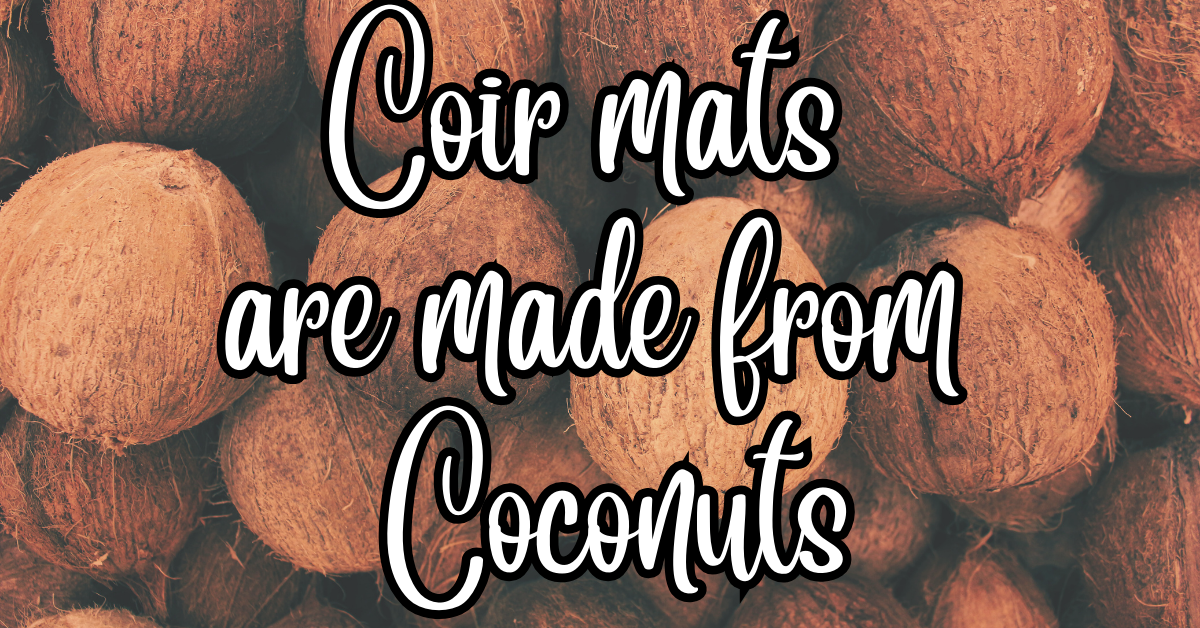
Introduction
Coir mats, often overlooked but indispensable, have been a part of our lives for centuries. These natural and versatile mats are crafted from the fibers of coconut husks, known as coir, and have a rich history of production and usage. In this article, we will delve into the fascinating world of coir mat production, exploring the intricate process involved, and shedding light on the various functions and advantages these mats offer in our daily lives.
The Origins of Coir Matting
To truly understand the significance of coir matting, we must first journey back in time to explore its origins. Coir, derived from the husk of coconuts, has been used by civilizations in tropical regions for centuries. The coconut tree, scientifically known as Cocos nucifera, is native to South Asia and has been cultivated in countries like India, Sri Lanka, and the Philippines for over 4,000 years. It was during these early civilizations that coir fibers were first extracted from coconut husks and used for various applications, including matting.
Production Process
The production of coir mats is a labor-intensive process that involves several steps, each requiring precision and expertise. Let's delve into the process of creating these remarkable mats:
-
Harvesting: The first step in coir mat production begins with the harvesting of mature coconuts. Workers expertly climb the tall coconut palm trees to carefully pluck the ripe coconuts. The husks of these coconuts will later be used to extract coir fibers.
-
Husk Removal: After the coconuts are harvested, the husks are removed using specialized tools or machinery. This step separates the hard outer husk from the inner shell, which contains the coir fibers.
-
Fiber Extraction: Once the husks are separated, the coir fibers are extracted. This can be done manually or with the help of mechanical decorticating machines. The fibers are then cleaned and soaked in water to soften them.
-
Spinning and Twisting: After soaking, the coir fibers are spun and twisted into yarn using spinning wheels or modern machinery. This yarn is used to create the mat's core structure.
-
Weaving: The coir yarn is woven into mats using traditional handlooms or industrial weaving machines. Skilled artisans create intricate patterns and designs, producing mats of various sizes and thicknesses.
-
Dyeing (Optional): Coir mats can be left in their natural color or dyed to match specific color schemes or preferences. Natural dyes or synthetic colors can be used for this purpose.
-
Backing: To enhance durability and stability, coir mats are often backed with materials like latex or PVC. This backing prevents the mat from slipping and adds an extra layer of protection against wear and tear.
Functions of Coir Mats
Coir mats serve a wide range of functions in our daily lives, making them an essential household and commercial item. Here are some of the primary functions of coir mats:
-
Dirt and Debris Trapping: One of the most common uses of coir mats is at the entrance of homes and businesses. Their coarse texture effectively traps dirt, dust, and debris from shoes, preventing them from being tracked indoors.
-
Moisture Absorption: Coir mats have natural moisture-wicking properties, making them ideal for absorbing excess water and preventing slips and falls in areas prone to wetness, such as bathrooms and kitchens.
-
Scrubbing and Cleaning: The coarse fibers of coir mats can be used to scrub and clean shoes, boots, and other items, making them an excellent choice for outdoor and industrial applications.
-
Aesthetic Appeal: Coir mats come in various designs and colors, enhancing the aesthetic appeal of homes, offices, and commercial spaces. They can be used as decorative elements in addition to their functional role.
-
Sound and Temperature Insulation: Coir mats provide sound insulation, reducing noise levels in indoor spaces. Additionally, they offer thermal insulation, helping to maintain consistent room temperatures.
Advantages of Coir Matting
Now that we understand the functions of coir mats, let's explore the numerous advantages they offer:
-
Eco-Friendly: Coir mats are made from natural, renewable coconut fibers, making them an environmentally friendly choice. They are biodegradable and have a minimal ecological footprint compared to synthetic alternatives.
-
Durable and Long-Lasting: Coir mats are known for their durability. They can withstand heavy foot traffic and are resistant to abrasion, making them a cost-effective flooring solution in the long run.
-
Low Maintenance: Coir mats are relatively low maintenance. Regular shaking or vacuuming can keep them clean, and occasional brushing can restore their appearance.
-
Health Benefits: These mats help maintain a cleaner indoor environment by trapping dust and allergens, which can be particularly beneficial for individuals with allergies or respiratory issues.
-
Customization: Coir mats can be customized to fit specific spaces, and their designs and colors can be tailored to match the decor of homes or businesses.
-
Non-Slip Backing: Many coir mats come with non-slip backing, providing added safety by preventing slips and falls.
-
Natural Beauty: Coir mats exude a rustic and natural charm that adds character to any space. Their earthy texture and appearance blend seamlessly with a variety of interior and exterior design styles.
Conclusion
Coir matting, with its rich history and eco-friendly production process, has evolved into an indispensable element of modern living. These mats not only serve practical functions like trapping dirt and moisture but also contribute to the aesthetics and overall well-being of indoor and outdoor spaces. As we continue to prioritize sustainability and natural living, coir mats stand as a shining example of how traditional craftsmanship and environmentally conscious materials can enhance our daily lives. Whether at home, in commercial spaces, or in industrial settings, coir mats remain a reliable and timeless choice for enhancing both functionality and beauty.
Related Posts







